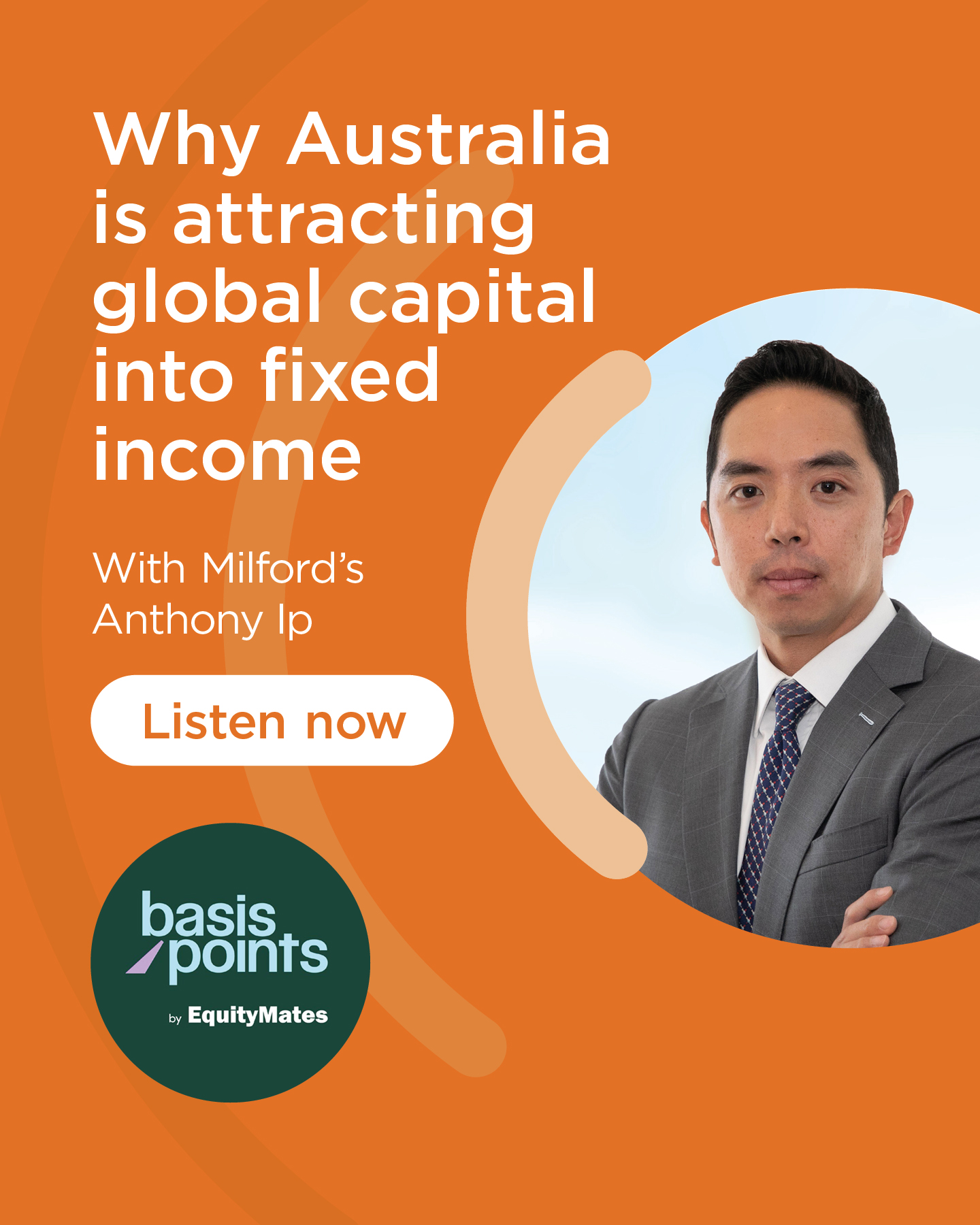Uber can be thought of as the largest transportation company in the world. It has been a pioneer in the ride-hailing and broader gig economy. Nowadays, it doesn’t matter which service you are using, whether it is Lyft, Didi or Uber – people say, “I’m going to grab an Uber”- Uber has become a verb synonymous with ride-hailing.
Uber has around 6 million drivers completing an average 25 million trips a day, across 70 countries. This is equivalent to every person in Australia taking a trip every day.
Uber shares have had a stellar run and are up 125% over the past 12 months. This actually comes after a tough period of time for the shares. From when Uber listed back in 2019 to the end of 2022, its shares almost halved. This was driven by: Covid – where the volume of rides fell almost 80%; regulatory concerns around drivers’ pay; and a large group of sceptics who just didn’t believe Uber could generate a profit.
But fast forward to now, Covid is behind us, Uber’s food delivery business Uber Eats has become a global leader, and the company has delivered three consecutive quarters of profits, with some of the profits now being returned to investors through share buybacks. Uber has proven its significant scale across many geographies, and the dual service of mobility and delivery, provide a competitive advantage. It is expected to grow its earnings at over 50% per year over the next three years. This is attracting a new cohort of long-term investors who are buying Uber for its compounding earnings growth. These factors have driven the strong recent share price rally and the new all-time high share price.
This profitability inflection has been driven by three main factors. Firstly, coming out of Covid, we have now seen a full recovery of Uber rides, which is the most profitable part of the business. Secondly, Uber can generate more revenue per customer because it has both rides and delivery on the same platform. For example, I can get a ride home from work in an Uber and order my dinner on Uber Eats, whereas its competitors only make money from one or the other. Finally, Uber has cut back-office costs significantly.
Looking forward, Uber’s advertising business is also showing a lot of promise for the future. It is still small but has been gaining traction and is highly profitable. You may have already seen suggestions of what to order on Uber Eats, with advertisements paid for by the food vendor. However, in other parts of the world, when ordering an Uber ride, you might have to watch an advertisement before you can order the ride, or while you wait for it to arrive. So this is something that we could see more of here in Australia in the future, and that will be a future profitability driver for Uber.
Uber is currently benefitting from the ”network effect”. As its user base grows, demand for rides and drivers increases, which in turn leads to an increase in the supply of drivers, which in turn improves service received by users, driving continued user base growth (and so on). Over time, this means Uber has more active cars on the road, and receives more data on customer travel routes which leads to improved wait times for customers and reduced surge pricing. Ultimately this flywheel effect accelerates growth and Uber’s earnings.
Autonomous vehicles have been an area of concern for investors due to the fact “Robo taxis” would replace Uber drivers on the road. However, Uber actually see this as a large opportunity. Uber is in the business of moving people or things from point A to point B. It doesn’t mind if a human is driving the vehicle or a robot – it achieves the same result. Uber already has contracts in place with 12 autonomous vehicle providers, including market leader Waymo. The autonomous vehicle providers want to use Uber as they have the platform and the customers. While autonomous vehicles receive a lot of attention, we still see it as a gradual transition and it will be many years before the need for human drivers is replaced (if at all).
Uber has recently been included in the S&P 500 index which is driving a higher quality, long-term shareholder base which is attracted to Uber’s strong growth outlook and Uber’s competitive advantage. Plus, Uber’s profitability and cash flow generation is accelerating, which will be returned to shareholders through increasingly large share buybacks – all of these have also contributed to Uber’s strong share price performance. However, it is important to be aware there are several risks around an investment in Uber that we remain acutely focused on – competition is heating up, there is regulatory scrutiny especially around its classification of drivers, and systems to ensure the safety of both its drivers and riders is paramount. It’s a rapidly evolving space, that we are actively monitoring and, in the meantime, I am continuing to Uber around Auckland!



